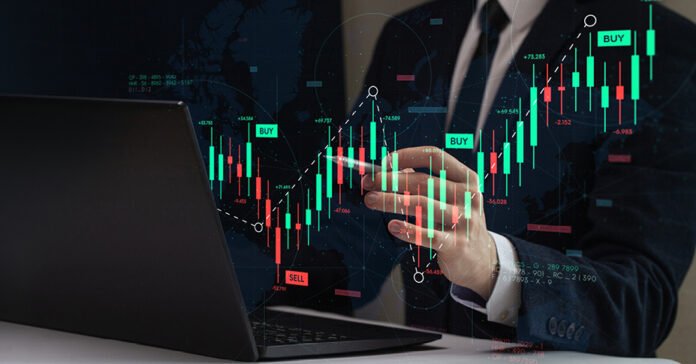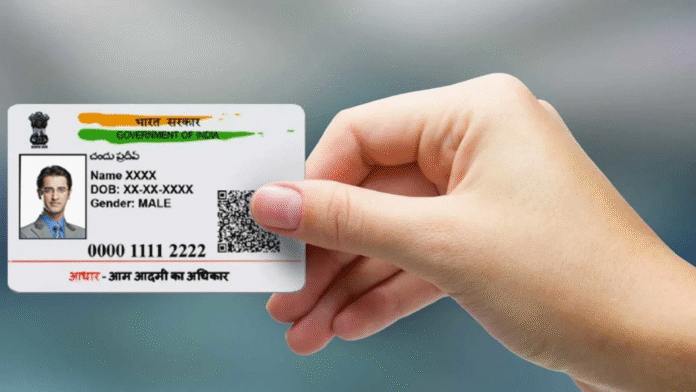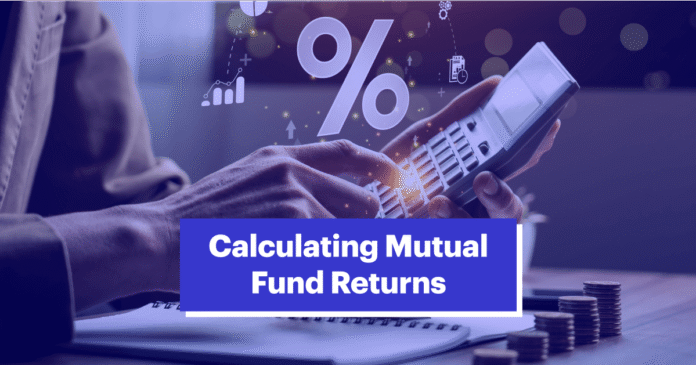Forex trading, short for foreign exchange trading, is one of the most liquid and fast-paced financial markets in the world. With over $6 trillion traded daily, it attracts both new and experienced investors looking to capitalize on currency price movements. But while the opportunities are vast, so are the risks.
Before diving into strategies, it’s important to understand what is forex trading: it’s the process of buying one currency while simultaneously selling another, usually in pairs like EUR/USD or GBP/JPY. Since currencies are constantly influenced by global events, political decisions, and market sentiment, prices fluctuate frequently—making forex trading both exciting and unpredictable.
To navigate this volatility successfully, traders must focus on one crucial skill: risk management. Whether you’re trading for income or long-term wealth, here are 5 effective ways to manage risk in forex trading, especially when working with Currency Trading Brokers.
1. Use Stop-Loss Orders on Every Trade
A stop-loss order is one of the most basic, yet most essential tools in risk management. It allows traders to set a predefined exit point if the market moves against their position. This protects your capital and prevents emotional decision-making when things don’t go as planned.
Why it matters:
Forex markets can move rapidly—sometimes within seconds—due to global news, central bank announcements, or market sentiment shifts. Without a stop-loss, you could find your account depleted in a matter of minutes.
Pro Tip:
When selecting Currency Trading Brokers, ensure they support guaranteed stop-loss orders (GSLOs), especially if you’re trading in volatile markets. GSLOs guarantee execution at your chosen price, even during extreme market conditions.
2. Never Risk More Than 1–2% of Your Capital Per Trade
Position sizing is a core component of risk control. Many successful traders follow the 1–2% rule, which means they only risk a small percentage of their total trading capital on any single trade.
Example:
If your account balance is $10,000, you should only risk $100–$200 per trade. This way, even if you hit a losing streak, your overall capital remains protected, allowing you to stay in the game longer.
Some Currency Trading Brokers offer calculators or tools to help you determine the correct position size based on your risk tolerance and stop-loss distance—take advantage of them.
3. Diversify Currency Pairs and Avoid Overtrading
Putting all your eggs in one basket is risky in any investment—and forex is no exception. Instead of focusing solely on one currency pair, consider trading multiple pairs that aren’t highly correlated. For example, if you’re trading EUR/USD and also looking at USD/CHF, remember that these pairs often move in opposite directions.
Why overtrading is dangerous:
- Increases exposure and emotional stress
- Leads to impulsive decisions
- Increases transaction fees and spreads, eating into profits
Understanding what is forex trading also means recognizing when not to trade. The best traders are patient—they wait for high-probability setups rather than jumping into the market out of boredom or fear of missing out (FOMO).
4. Stay Informed and Use a Trading Journal
Knowledge is a trader’s most powerful weapon. Since forex markets react to global events, keeping up with economic calendars, central bank decisions, and geopolitical news is essential. Knowing when the U.S. Federal Reserve is announcing interest rate changes—or when non-farm payroll (NFP) data is released—can help you avoid risky periods or position yourself for opportunities.
A trading journal helps you track:
- Entry and exit points
- Reasons for trade
- Outcomes and mistakes
- Emotional triggers
Reviewing your journal regularly will help you spot patterns, improve decision-making, and refine your strategy—essential skills when managing risk in the long run.
5. Choose Regulated, Transparent Currency Trading Brokers
Not all brokers are created equal. One of the biggest risks in forex trading is choosing a broker that lacks transparency, offers poor execution, or even engages in unethical practices.
When selecting a broker, consider:
- Regulation: Is the broker regulated by a recognized authority (e.g., FCA, ASIC, or CySEC)?
- Spreads & Commissions: Are their pricing structures clear and competitive?
- Slippage & Execution Speed: Do they offer fast and reliable order execution?
- Customer Support: Can you reach them quickly during critical market events?
Reliable Currency Trading Brokers provide the infrastructure you need to trade safely. Some even offer educational tools, demo accounts, and market analysis to support your learning journey—especially helpful if you’re still learning what is forex trading.
Final Thoughts
Forex trading can be a powerful tool for financial growth—but only when approached with caution and discipline. While profits may draw you in, it’s your ability to manage risk that will keep you in the game for the long haul.
By using stop-losses, limiting your risk per trade, diversifying, staying informed, and partnering with the right Currency Trading Brokers, you’ll set a strong foundation for success. And remember, understanding what is forex trading is only the beginning—consistently applying smart risk management is what truly makes the difference between short-term wins and long-term profitability.








